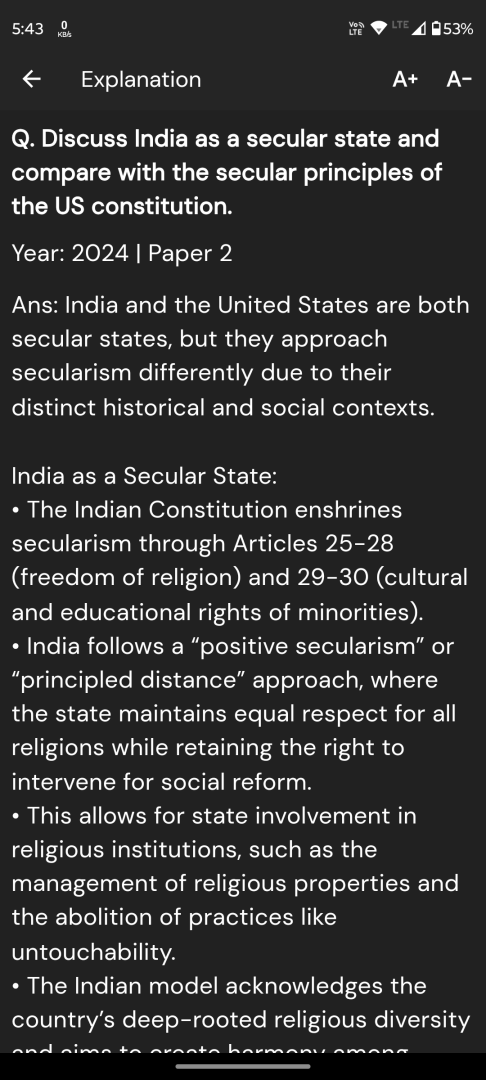Q. How can India achieve energy independence through clean technology by 2047? How can biotechnology can play a crucial role in this endeavour?
UPSC Mains 2025 GS3 Paper
Model Answer:
India’s journey towards energy independence by 2047 necessitates transitioning from fossil fuel dependency to a clean technology-driven ecosystem, addressing our 85% oil import dependence and aligning with net-zero commitments.
Clean Technology Pathways:
Renewable Energy Expansion: India targets 500 GW non-fossil capacity by 2030, aiming for 90% clean grid by 2047. Solar parks (Bhadla, Pavagada) and offshore wind projects are expanding rapidly.
Green Hydrogen Revolution: The National Green Hydrogen Mission targets 5 MMT annual production by 2030, positioning India as a global hub while decarbonizing refineries, fertilizers, and heavy transport sectors.
Electric Mobility Transition: Achieving near-100% EV sales by 2035 could save 90% crude imports. PLI schemes for battery manufacturing (Ola Gigafactory) strengthen domestic capabilities.
Energy Storage Solutions: Battery storage systems and pumped hydro projects ensure grid stability managing renewable intermittency.
Biotechnology’s Crucial Role:
Biotechnology enables sustainable bio-based energy solutions through:
– Biofuels Development: E20 blending by 2025-26; 2G ethanol from agricultural waste (Panipat biorefinery); 3G algae-based fuels
– Waste-to-Energy: GOBAR-DHAN converts cattle dung to Bio-CNG; municipal waste generates electricity through biogas
– Biohydrogen Production: Cyanobacteria and algae offer photobiological hydrogen pathways
– Carbon Management: Microbial Enhanced Oil Recovery; algal carbon capture systems
Conclusion: Integrating clean technologies with biotechnology innovations ensures India’s energy Atmanirbharta while saving $2.5 trillion by 2047.




